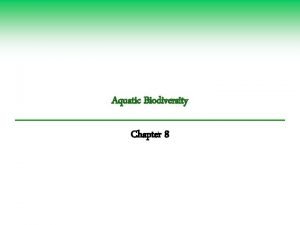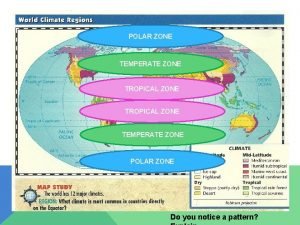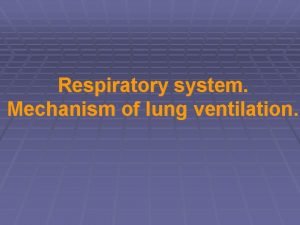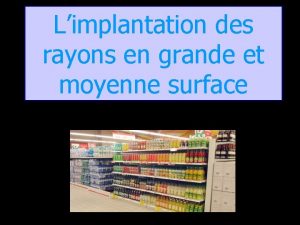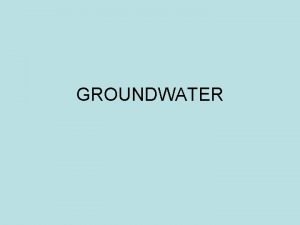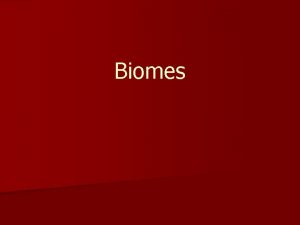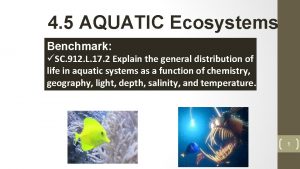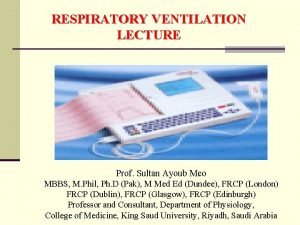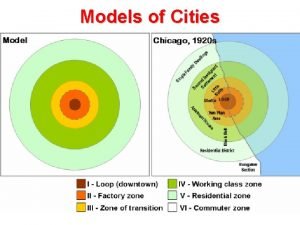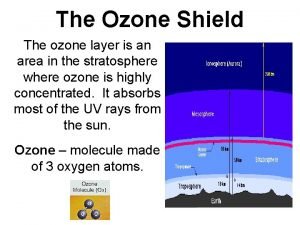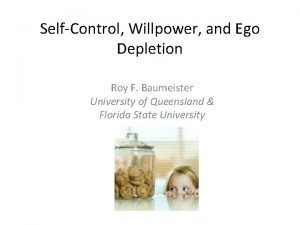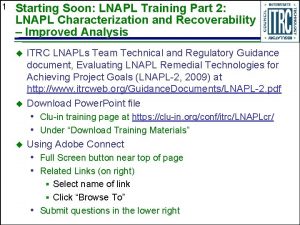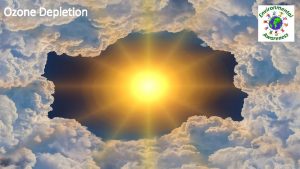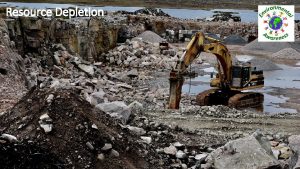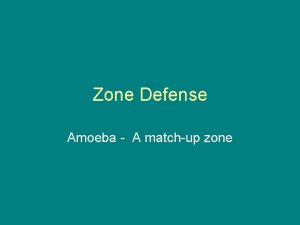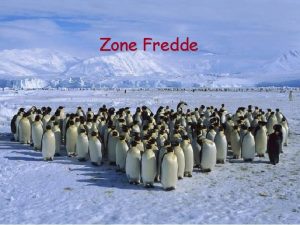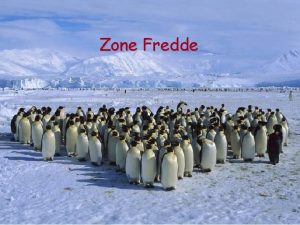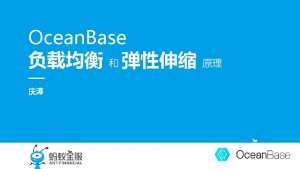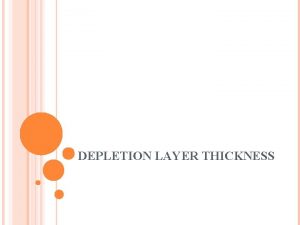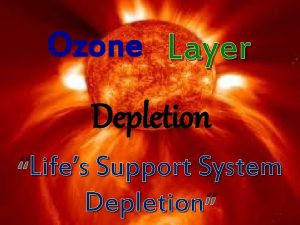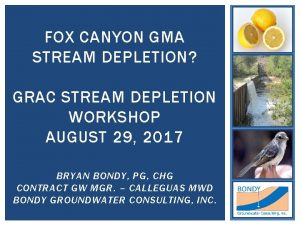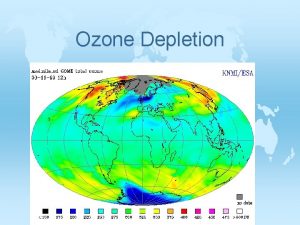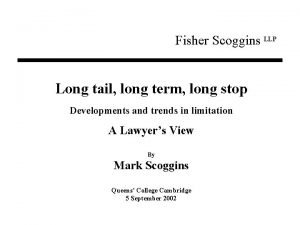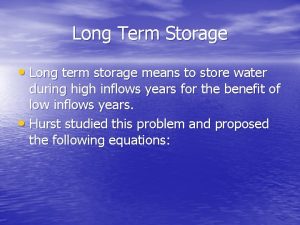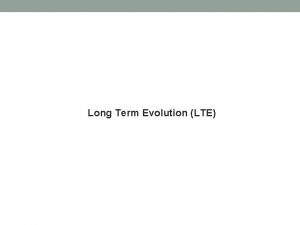Natural Source Zone Depletion for Long Term LNAPL























- Slides: 23

Natural Source Zone Depletion for Long Term LNAPL Site Management International Petroleum Environmental Conference, Denver, Colorado November 1, 2018 www. jacobs. com | worldwide

Disclaimer Important The material in this presentation has been prepared by Jacobs®. Copyright and other intellectual property rights in this presentation vest exclusively with Jacobs. Apart from any use permitted under applicable copyright legislation, no part of this work may in any form or by any means (electronic, graphic, mechanical, photocopying, recording or otherwise) be reproduced, copied, stored in a retrieval system or transmitted without prior written permission. Jacobs is a trademark of Jacobs Engineering Group Inc. © Copyright May 20, 2021 Jacobs Engineering Group Inc. All rights reserved. 2

Agenda OBJECTIVE: This tool allows sites to continue effectively • History • NSZD Conceptual Site Model • Typical NSZD Rates • Overview of NSZD rate quantification methods – Flux Chamber – Trap – Gradient – Biogenic Heat – Compositional Change • Case study – railroad fueling yard – Implications on other projects

Evolution in understanding of source degradation LNAPL Compositional Changes 1980 1990 LNAPL Weathering Evaluation Source zone longevity study, Williams AFB and source zone natural attenuation (SZNA) 2004 LNAPL stability assessment (T. Sale, CSU) Bemidji Crude Sites 2006 (Gradient Method) Johnson, Lundegard, et al. , 2006 2009 CRC Care Technical Report 44 API Guidance Document (2017) 2012 ITRC NSZD 2013 2018 Commercialized CO 2 Trap Testing ITRC LNAPL-3 Vadose Zone monitoring/respiration testing

Paradigm shift in understanding of natural attenuation • Evolution of thought started in 2006 by P. Johnson, Arizona State University • Shift in analytical focus from aqueous/dissolved to vadose/gaseous • Former efforts guided by US EPA, ASTM, and NRC and models such as BIOSCREEN and REMFuel • New efforts guided by literature, and CRC CARE guidance forthcoming Site Aqueous (lb/yr) CO 2 Efflux (lb/yr) 0 – 70 60, 000 - 360, 000 70 - 150 9, 000 – 19, 000 Natural Gas Well Pad 1 – 10 4, 000 - 10, 000 Highway Maintenance Yard 90 – 200 170 - 520 Large Railroad Yard Pipeline Release Our field measurements confirm literature findings that NSZD rates are most often multiple orders of magnitude higher using vapour monitoring than with aqueous electron acceptor data. 5

New conceptualization of petroleum NA • Depletion processes manifested as aqueous and gaseous changes • NSZD accounts for • • biodegradation occurring in both saturated and vadose zones Gaseous changes a result of methanogenesis and hydrocarbon oxidation Total NSZD = Aqueous Processes + Vadose Zone Processes Vapor-based losses >> aqueousbased losses (at most sites) Gas flux can be used to estimate bulk LNAPL losses

Typical NSZD rates and timeframes • Middle 50% of 25 sites in one study ranged from 700 to 2, 800 gal/ac/yr, median of 1, 700 gal/ac/yr (Garg et al. 2017) • Diverse project objectives and outcomes LNAPL mass is significantly depleted, biomass drops, and hydrocarbons become progressively more difficult to biodegrade Site A Site B • Recent studies show a zero order rate at high TPH soil concentrations (more research) Garg, S. , C. J. Newell, P. R. Kulkarni, D. C. King, D. T. Adamson, M. I. Renno, and T. Sale. 2017. “Overview of Natural Source Zone Depletion: Processes, Controlling Factors, and Composition Change. ” Groundwater Monitoring & Remediation Wiley Online Library Version of Record. doi: 10. 1111/gwmr. 12219. Fall ‘ 15 Site C By CO 2 Traps • NSZD rates could be expected to decrease over time as Spring ‘ 16 typical LNAPL subsurface mass estimates Fall ‘ 15 • LNAPL longevity is on the order of multiple decades given Spring ‘ 16 – Regulatory approved remedy and long-term care solution Fall ‘ 15 – Demonstration of effectiveness, and transition to NSZD remedy By LI-COR DCC – Refined LCSM useful for remedy design purposes Site D

NSZD measurement methods LNAPL Compositional Changes Soil Flux Chamber CO 2 Trap Liquid-based Methods Biodegradation Process Mass Budgeting Vapourbased Methods Thermal Method 8 Gradient Method

Aqueous method • Traditional method uses groundwater samples • Natural attenuation indicator parameters (O 2, NO 3, SO 4, Fe 2+, Mn 2+, diss. CH 4 and CO 2, and alkalinity) • Stoichiometric mass budgeting analysis 9 Pending publication by CRC CARE in 2018

LNAPL compositional change method • Back to the basics, uses whole oil analysis of LNAPL • Trends changes in chemical concentrations within LNAPL • COC concentrations in LNAPL corrected for bulk oil depletion using conservative markers • Chemical-specific NSZD rate (gbenzene/m 2/yr) – can be integrated across site using specific volumes • Emerging method for NSZD 10 Pending publication by CRC CARE in 2018

CO 2 efflux measurements and NSZD rates • CO 2 efflux measurements are made using ground surface-based methods • Background levels are subtracted from the total CO 2 efflux measurements to obtain a subsurface LNAPL-derived value • NSZD rates (gallons per acre per year) are back-calculated based on stoichiometric conversion of corrected CO 2 efflux measurements. For example: • NSZD rates can be integrated over pervious areas to estimate a sitewide NSZD rate (gallons per year)

Gradient method • Theory – Based on Fick’s first law of diffusion: – Fixed gas concentration profile(s) – Effective vapor diffusion coefficient(s) – Calculate upward flux of CO 2 • Equipment – Vapor monitoring probes – Air sampling pump – Landfill gas meter (O 2, CH 4)

Dynamic closed chamber • Theory – 20+ years old methodology used extensively in ecosystem-related and climate change fields – The rate of change of CO 2 concentration inside a vented flux chamber is equated to flux – Uses early time data before chamber accumulation effects occur http: //licor. com/env/products/soil_flux/ • Equipment – PVC collar – Vented, bellows-controlled flux chamber – Application software controls chamber and analyzer unit (including infrared gas analyzer and pump)

Passive flux trap • Theory • Equipment – Flow-through sorbent trap method – Time-averaged CO 2 flux, 2 -week deployment – Background correction through 14 C removal since LNAPL is depleted in 14 C. – Receiver pipe with anchors – CO 2 trap with dual sorbent pucks – Vented protective cover Rain Cover CO 2 Trap Body Receiver Pipe

Biogenic heat method • Based on Fourier’s law, • Thermal signature of oxidation in vadose zone can be thermodynamically converted to an NSZD rate using heats of reaction and thermal conductivity With permission from Julio Zimbron, presentation to Rem. TEC on 8 Mar 17 15

Biogenic heat method • Install temperature monitoring probes (wells or borings) • Subsurface temperature measurements in at least two locations (source area and background) – take annual average • Estimate soil properties and thermal gradient, do background correction, to calculate heat flux • Divide heat flux by heat of reaction from microbial biodegradation for NSZD rate 16 Pending publication by CRC CARE in 2018

Lessons Learned with CO 2 efflux based methods • Careful planning Low Background • Background correction: • Quality assurance/quality control Higher Background Too high Background?

Which method do I choose? • Each method has pluses and minuses • API and CRC CARE guidance documents have comprehensive comparisons to determine best site applicability • In general, gradient method is best for sites with existing soil gas probes • Flux chamber and trap methods most widely used, but have drawbacks, particularly with background correction and spatial coverage, respectively • Biogenic heat and compositional change methods are newest and have distinct advantages, but not best for every site 18

Case Study – Diesel Fuel AST Release • Diesel fuel storage tank release • LNAPL at the site is Dissolved Petroleum in Groundwater Extent delineated/characterized • LNAPL footprint is stable/decreasing • LNAPL thickness in wells not exaggerated • Dissolved phase plume is stable, but may be contributing to sheen on the lake 19

Case Study continued • Product recovery system operated 20 LNAPL Recovery 70000 180000 140000 50000 120000 40000 100000 30000 80000 60000 20000 40000 10000 20000 0 19 9 19 6 9 19 7 9 19 8 9 20 9 0 20 0 0 20 1 0 20 2 0 20 3 0 20 4 05 20 0 20 6 0 20 7 0 20 8 0 20 9 1 20 0 1 20 1 1 20 2 1 20 3 1 20 4 15 0 Annual Vol. (gal) Cumulative Vol. (gal) 160000 Annual Vol. (gal) 1996 – 2015 • Recovered ~160, 000 gallons of LNAPL • NSZD study conducted in 2018 to quantify NSZD rate using DCC and CO 2 trap methods • NSZD contours lined up with release history and able to extrapolate annual NSZD rate

Comparison between Recovery and NSZD Rates • Active recovery rates initially >50 k 21 12000 NSZD Rate: 700 gal/year 10000 Recovery Rate (gal/yr) gal/yr • After 2008, active recovery rates dropped to 50 -300 gal/yr • Site-wide integrated NSZD rate = ~700 gal/yr (assumed constant) • Stakeholders wanted something done, only option seemed to be NAPL recovery LNAPL Recovery Rate vs. NSZD Rate 8000 6000 4000 2000 0 1996 1998 2000 2002 2004 Recovery Rate (gal/yr) 2006 2008 2010 NSZD Rate (gal/yr) 2012 2014

Conclusions • Natural losses via NSZD can be large • Can play a role in remedial decision and regulatory support – Recognized as a remedial technology – Methods are credible – Component of LCSM – Used as an endpoint for stalled remediation • Allows owners to prioritize resources to greatest risk (i. e. , dissolved phase) • Integrating NSZD into management strategy sooner can save money on O&M, capital, and reporting costs 22

Thank you! Helpful Links: ITRC: https: //lnapl-3. itrcweb. org/appendix-b-natural-source-zonedepletion-nszd-appendix/ Jeffrey Fitzgibbons, PG Jacobs Jeff. Fitzgibbons@jacobs. com +1 (720) 286 -2129 API Publication 4784 – Quantification of Natural Source Zone Depletion Rate Processes: http: //www. techstreet. com/standards/api-publ 4784? product_id=1984357 CRC Care: Technical Report Number 44 – in publication © Copyright Jacobs May 20, 2021 www. jacobs. com | worldwide
 Source zone transition zone and floodplain zone
Source zone transition zone and floodplain zone Tropical zone
Tropical zone Neritic zone climate
Neritic zone climate Short, medium and long term planning in education
Short, medium and long term planning in education Long term memory vs short term memory
Long term memory vs short term memory Short term human resources
Short term human resources Difference between long term and short term liabilities
Difference between long term and short term liabilities Long term liabilities
Long term liabilities Ling term goals
Ling term goals Short-term financial management
Short-term financial management Long and short
Long and short Once upon a time there was a little man
Once upon a time there was a little man Respiratory system zones
Respiratory system zones What is the conducting zone of the respiratory system
What is the conducting zone of the respiratory system Zone froide magasin
Zone froide magasin Water table chart
Water table chart Underground water table
Underground water table Latitude climate
Latitude climate Photic zone and aphotic zone venn diagram
Photic zone and aphotic zone venn diagram Normal minute ventilation
Normal minute ventilation Zone 1 and zone 2
Zone 1 and zone 2 Burgess theory
Burgess theory Ozone depletion negative effects
Ozone depletion negative effects Ego depletion
Ego depletion
